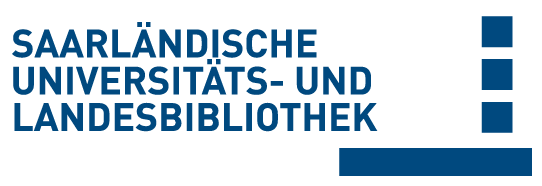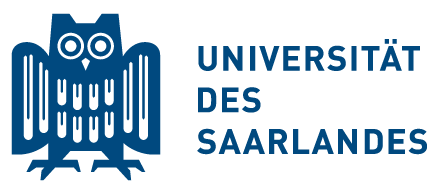Please use this identifier to cite or link to this item:
doi:10.22028/D291-41334 | Title: | Parathyroid hormone stimulates bone regeneration in an atrophic non-union model in aged mice |
| Author(s): | Menger, Maximilian M. Tobias, Anne L. Bauer, David Bleimehl, Michelle Scheuer, Claudia Menger, Michael D. Histing, Tina Laschke, Matthias W. |
| Language: | English |
| Title: | Journal of Translational Medicine |
| Volume: | 21 |
| Issue: | 1 |
| Publisher/Platform: | BMC |
| Year of Publication: | 2023 |
| Free key words: | Non-union Parathyroid hormone Segmental defect Bone regeneration Fracture healing Angiogenesis Mice Aging Infammation |
| DDC notations: | 610 Medicine and health |
| Publikation type: | Journal Article |
| Abstract: | Background Non-union formation still represents a major burden in trauma and orthopedic surgery. Moreover, aged patients are at an increased risk for bone healing failure. Parathyroid hormone (PTH) has been shown to accelerate fracture healing in young adult animals. However, there is no information whether PTH also stimulates bone regeneration in atrophic non-unions in the aged. Therefore, the aim of the present study was to analyze the efect of PTH on bone regeneration in an atrophic non-union model in aged CD-1 mice. Methods After creation of a 1.8 mm segmental defect, mice femora were stabilized by pin-clip fxation. The animals were treated daily with either 200 mg/kg body weight PTH 1–34 (n=17) or saline (control; n=17) subcutaneously. Bone regeneration was analyzed by means of X-ray, biomechanics, micro-computed tomography (µCT) imaging as well as histological, immunohistochemical and Western blot analyses. Results In PTH-treated animals bone formation was markedly improved when compared to controls. This was associated with an increased bending stifness as well as a higher number of tartrate-resistant acid phosphatase (TRAP)- positive osteoclasts and CD31-positive microvessels within the callus tissue. Furthermore, PTH-treated aged animals showed a decreased infammatory response, characterized by a lower number of MPO-positive granulocytes and CD68-positive macrophages within the bone defects when compared to controls. Additional Western blot analyses demonstrated a signifcantly higher expression of cyclooxygenase (COX)-2 and phosphoinositide 3-kinase (PI3K) in PTH-treated mice. Conclusion Taken together, these fndings indicate that PTH is an efective pharmacological compound for the treatment of non-union formation in aged animals. |
| DOI of the first publication: | 10.1186/s12967-023-04661-y |
| URL of the first publication: | https://translational-medicine.biomedcentral.com/articles/10.1186/s12967-023-04661-y |
| Link to this record: | urn:nbn:de:bsz:291--ds-413341 hdl:20.500.11880/37071 http://dx.doi.org/10.22028/D291-41334 |
| ISSN: | 1479-5876 |
| Date of registration: | 18-Dec-2023 |
| Faculty: | M - Medizinische Fakultät |
| Department: | M - Chirurgie |
| Professorship: | M - Prof. Dr. Michael D. Menger M - Prof. Dr. Tim Pohlemann |
| Collections: | SciDok - Der Wissenschaftsserver der Universität des Saarlandes |
Files for this record:
| File | Description | Size | Format | |
|---|---|---|---|---|
| s12967-023-04661-y.pdf | 12,25 MB | Adobe PDF | View/Open |
This item is licensed under a Creative Commons License


